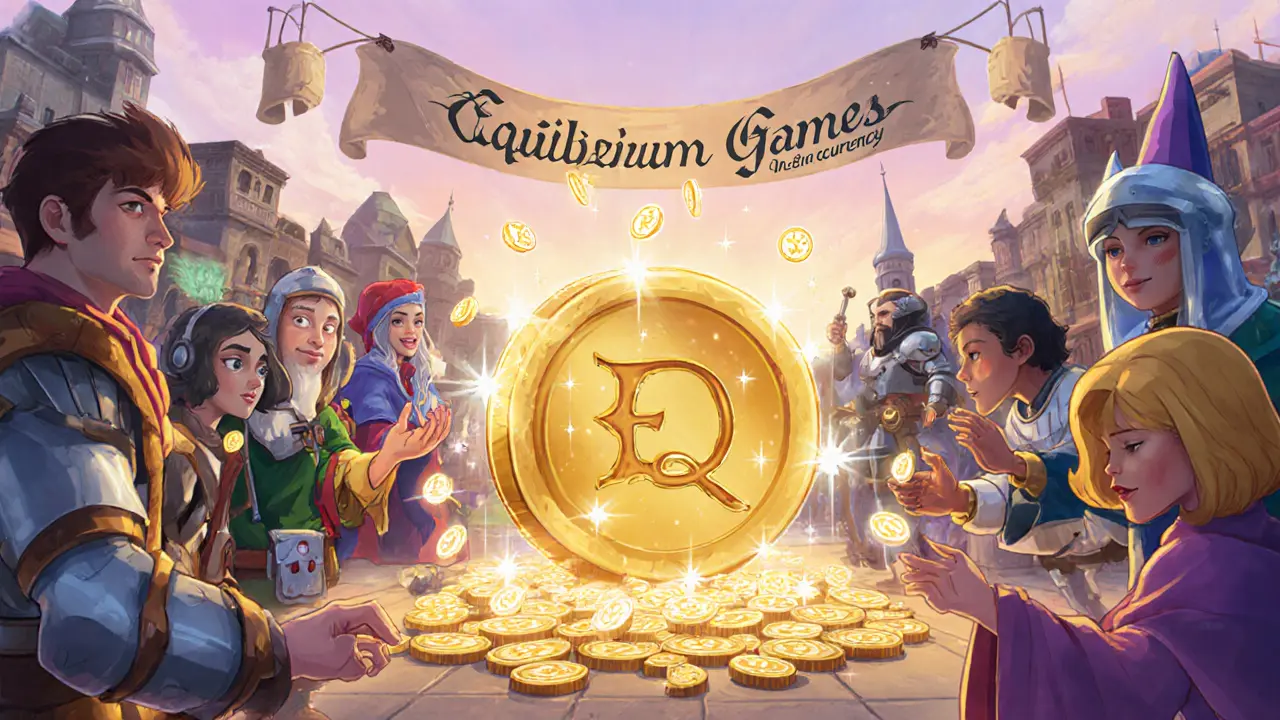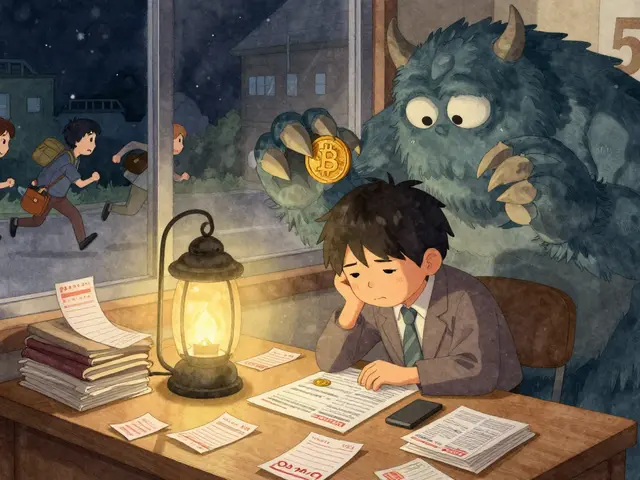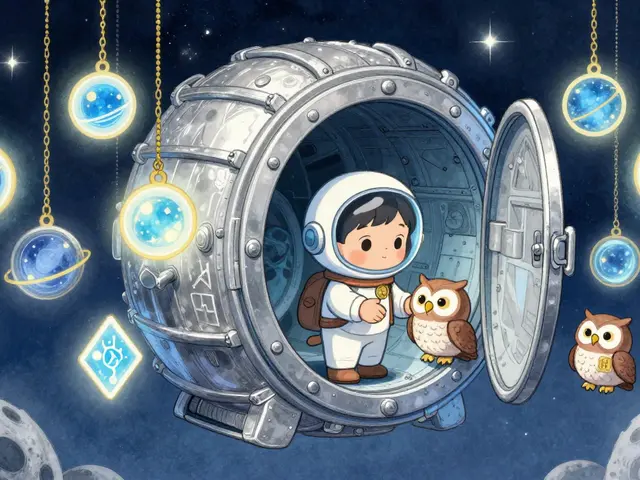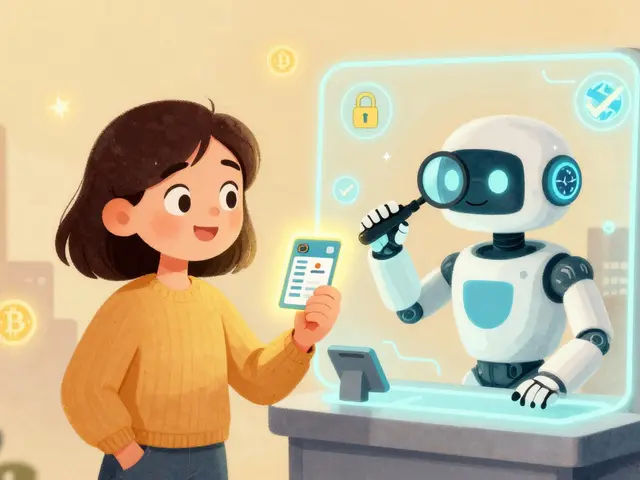Gaming Cryptocurrency: Play-to-Earn Coins, Tokens, and What Really Works
When you hear gaming cryptocurrency, digital tokens tied to video games that reward players with tradable assets. Also known as GameFi, it's not just about earning coins—it's about owning part of the game economy. Unlike traditional games where your skins, weapons, or levels disappear when you quit, gaming cryptocurrency lets you hold, trade, or sell what you earn. This shift turned players into stakeholders, and some projects even let you earn more than your day job—if you know which ones to pick.
Not all gaming coins are created equal. Some, like Manga Token ($MANGA), a token built for manga fans on Binance Smart Chain, serve niche communities with real utility—like unlocking exclusive chapters or voting on storylines. Others, like VERSE token, linked to the VerseWar game and rumored airdrops, are wrapped in hype, with little proof of long-term value. Then there’s CYT (Coinary), a GameFi token tied to a BSC-based collectible game, which actually gave users a way to claim tokens through real gameplay events. The difference? One has active users, real game mechanics, and a roadmap. The others? Just a token name and a Discord server.
What makes a gaming cryptocurrency stick? It needs more than flashy graphics. It needs a working economy: players who actually use the tokens, developers who update the game, and a way to cash out without losing 80% of your value overnight. Many projects crash because they’re built on speculation, not gameplay. The ones that survive—like those using play-to-earn models with real skill requirements—reward time and effort, not just wallet size. And while NFTs often get tied to these games, they’re not the magic bullet. Owning a rare sword doesn’t help if no one wants to trade it, or the game shuts down next month.
There’s also a growing gap between what’s marketed and what’s real. Some gaming tokens are just rebranded scams—like adult content coins masquerading as gaming projects. Others hide behind vague roadmaps and fake airdrops. The best ones, like those on zkSync or Polygon, offer low fees, fast transactions, and real integration with the game. You don’t need to be a coder to use them, but you do need to ask: Is this game fun? Do people actually play it? And can I sell what I earn without losing half my money?
What follows is a collection of real reviews, deep dives, and scam alerts about gaming cryptocurrency projects—some that worked, most that didn’t. You’ll find breakdowns of tokens like OZONE, OLE, and $MANGA, plus how airdrops like CYT and VERSE actually played out. No fluff. No hype. Just what’s real, what’s risky, and what’s worth your time in 2025.
Equilibrium Games (EQ) Crypto Coin Explained: How It Works, Price & Risks
Learn what Equilibrium Games (EQ) crypto coin is, how it works, its price, games, liquidity, buying steps, and risks in this detailed 2025 guide.





